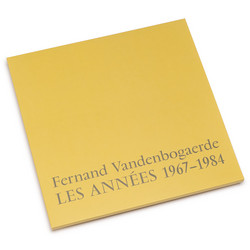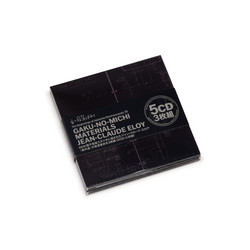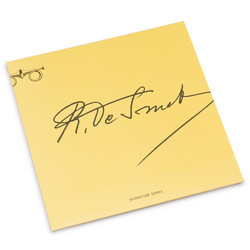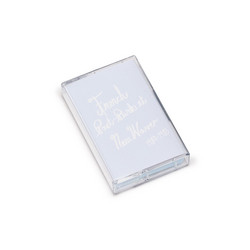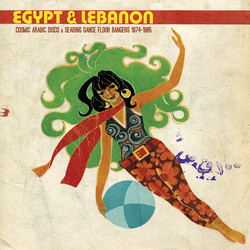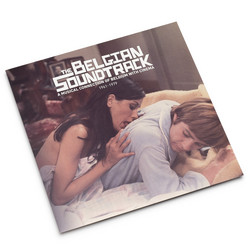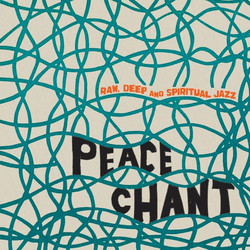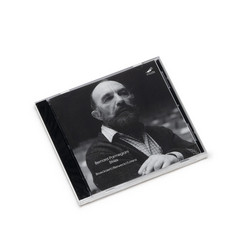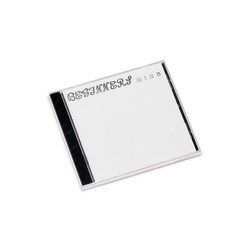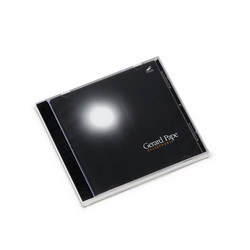Various
6 Pieces for Gamelan Slendro
For this recording project, the fearless French musical collective ensemble 0 (pronounced “zero”) began a new kind of collaboration with the Swiss percussion ensemble Eklekto and Gamelan Oksitan — this last the traditional Javanese ensemble of gongs and metallo- phones based in France. Their transcultural bridge has foundations that go back to Claude Debussy’s fascination with the radiant tones of gamelan music that he heard at the 1889 Paris Exposition.
Yet neither Debussy nor many other sympathetic composers who fol- lowed actually composed for those instruments. They faced chal- lenges of different tuning systems, intricacies of unfamiliar instru- ments, the weight of another classical tradition, but perhaps no obstacle greater than the cultural gulf of that colonial era. It was not until the 1970s that non-Indonesian composers began to bridge that divide, none more committed than the American composer Lou Harrison.
One of his very first gamelan compositions, Bubaran Robert is named for the Javanese form that has one gong stroke every eight beats and for Robert Brown, the ethnomusicologist who brought to California the Javanese gamelan for which Harrison first composed. Harrison was fascinated by traditional gamelan’s exquisite balance of melody and counterpoint (the melodic lines weave a complex fabric around the core melody unconcerned with the insistencies of European harmony).
Like the other works on this recording, it uses the Javanese slendro tuning system, a scale in which the octave is divided into five rough- ly even steps, therefore placing the pitches “in the cracks” between those of the piano’s keys.
Larry Polansky was a friend and student of Lou Harrison at Mills College in the 1980s. His series of Four Voice Canons are variations on relatively simple procedures, in this case permutations of sequences of gamelan tones gradually layered in different tempos, eventually coalescing into a dazzling sound environment.
Billy Martin is an American jazz drummer, best known as a member of jazz-funk trio Medeski Martin & Wood. His multicultural back- ground in percussion and improvisation can be found in his Heartstrings. Gamelan ostinatos underpin pensive monologues and dialogues between a cello and suling (the bird-like Javanese bamboo flute) in these fragrant miniatures.
Petar Klanac’s Spe Salvi, is based on a Gregorian chant. It’s contem- plation of hope in the face of mortality floats timelessly over the sound worlds of singing cello, gamelan, and other percussion, their alternation controlled by the structure of the original chant.
Swiss composer Roland Dahinden brings the traditions of chance operations of John Cage and the experimental jazz of Anthony Braxton to a work of sound potentials, creating a sonic Zen garden.
The diversity of approaches represented on this collection provides a glimpse towards a vibrant future, a future that Lou Harrison helped create.
Liner notes by Bill Alves.




